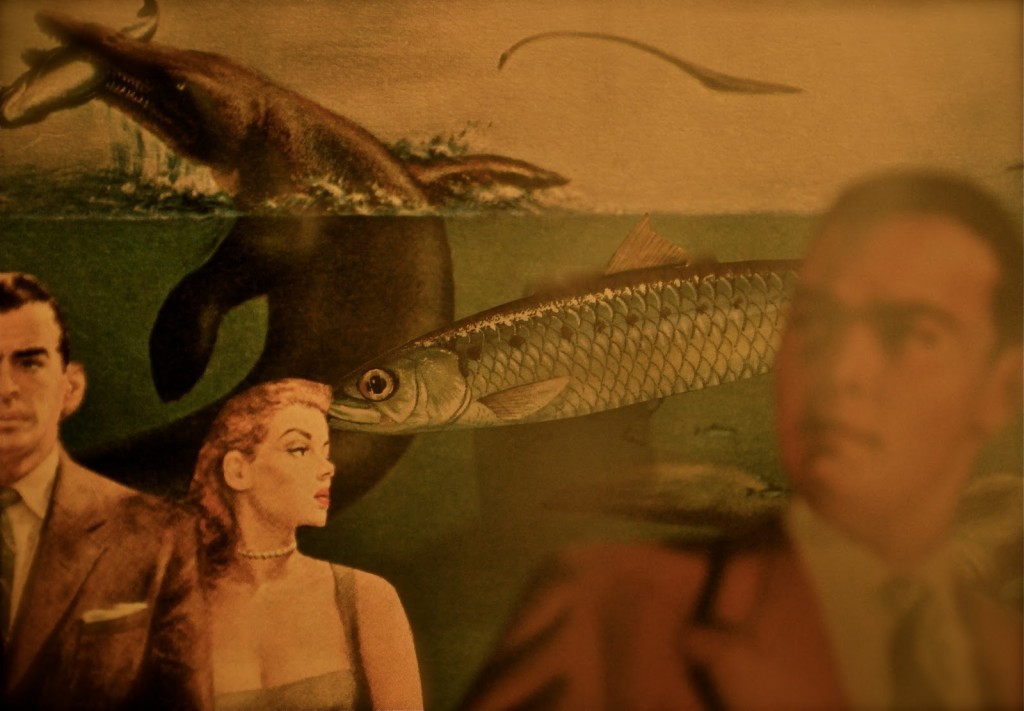 Nickel, like penicillin and a myriad of other technological and sociological advances made by the human race, was discovered on accident.
Nickel, like penicillin and a myriad of other technological and sociological advances made by the human race, was discovered on accident.
Miners in Germany discovered what they believed to be copper ore. Once they began the copper extraction process, they only yielded slag, a wholly useless mess of metal dregs. The miners believed the copper to be a fake copper ore put in the mines by Old Nick (an impish, or more sinister than impish in some cases, entity of myth who wears many masks in many cultures. Also known as Bacchus, The Horned God, Satan, Santa Claus and, in my favorite instance, a group of water sprites a la Posiedon). All of these manifestations of Nick are tricksters who utilize all width and breath of transformation for deceit. The German name for nickel, Kupfernickel, translates into “Old Nick’s Copper.”
Interestingly enough, miners in cobalt mines also mistook nickel for cobalt ore. The cobalt miners defamed these patches of cobalt that evaded extraction as “cobalt which has lost its soul.” Quite apt considering the German name.
A sample of nickel from a cobalt mine eventually fell into the hands of Swedish mineralogist Axel Fredrik Cronstedt. After running a plethora of tests on something he believed to be a hybrid of cobalt and copper, he became the first person to recognize nickel as its own element.
In 1866 America introduced the nickel in the form we still know and use today. Prior to the nickel, America used the half dime. However, during the Civil War, America, short on silver, needed a new metal for their five cent coinage.
The Buffalo Nickel, The American Classifieds logo showcases this fancy coin, arose during a coinage beautification effort perpetrated by the Taft administration. Sculptor James Earle Fraser submitted his design, one side with a proud Native American, the other the noble American Bison. Fraser grew up a first hand witness to the plight of Native Americans. The portrait on the Buffalo Nickel is a composite of three different Native American chiefs. Which three chiefs Fraser specifically used remains widely contested. After a fairly involved, highly uninteresting, factory hold up in production, the coin emerged from its first pressing in 1913.
Today not much can be bought with a nickel. Newspapers, movie tickets, loaves of bread, candy bars, subway fare, even public toilet entrance and pay phones all require the heartier twenty-five cent older sister of the nickel, and usually more than just one.
However, like the five and dime stores of old, the Thrifty Nickel provides its customers with the best deals possible. $5.75 for the first ten words, .40 cents per each additional word. One picture free with each ad! And because we love you and appreciate your business, we offer you a second week free when you place your ad online at OurThriftyNickel.com!
Thrifty Nickel, taking the tricky out of Old Nick’s Copper daily.
*title image from http://charlesfarrell.blogspot.com/

